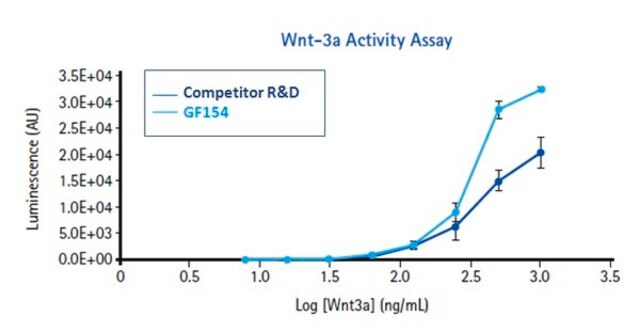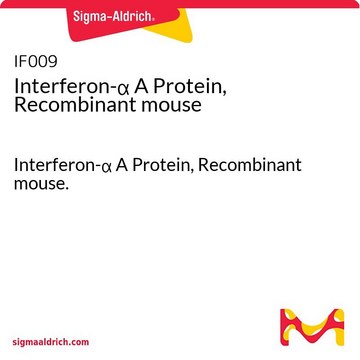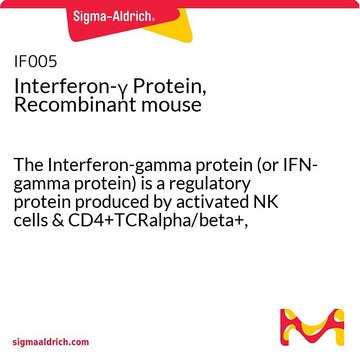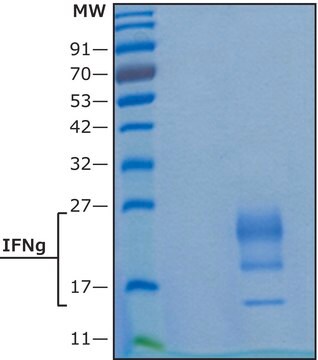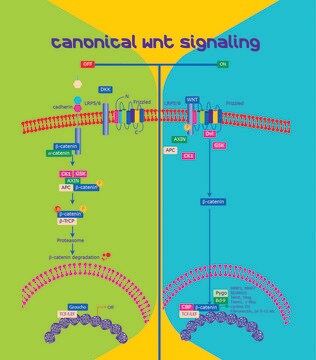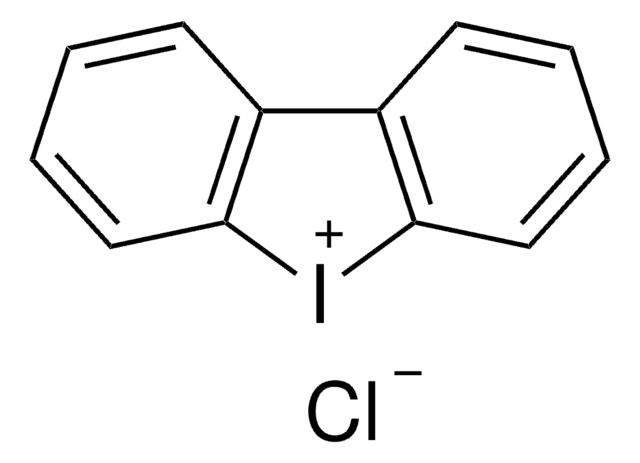GF146
Wnt-5a Protein, Recombinant mouse
The Wnt5a protein is a 352 amino acid protein containing 23 conserved cysteines & contains a cysteine modified by palmitate which is essential for receptor binding & biological activity.
About This Item
Recommended Products
General description
Wnt ligands bind to cell surface co-receptors consisting of a Frizzled protein and lipoprotein receptor related protein (5/6). Wnt 5a belongs to the non-canonical class of Wnt proteins which are independent of or inhibit β-catenin signalling. Wnt5a when bound to its receptor triggers an intracellular Ca release which activates PKC and CaMK11 which in turn activates TAK1 MAPkinase-kinase and nemo-like(NLK) kinase. NLK phosphorylates Lef1/TCF protein complex inhibiting the formation of the β-catenin Lef1/TCF DNA complex. In contrast Wnt3a signalling stabilizes β-catenin increasing the formation of the β-catenin Lef1/TCF DNA complex.
Wnt signalling has been implicated in the control of differentiation of stem cells. The Wnts have also been shown to have putative roles in the regulation of adult stem cells. Recently injection of embryonic stem cells into hearts has been shown to correct cardiac defects. This occurs through the secretion of factors from stem cells which correct gene defects in neighbouring cells. Wnt5a, a short term factor secreted by the stem cells, has been shown to be critical for this process (Fraidenraich and Benzra, 2006).
Application
• When using this protein, if possible, dose it directly onto cells at the required dilution without pre-filtering.
• The toxicity of the Chaps in the storage buffer should be tested empirically on the cell line prior to using the Wnt5a protein.
• Generally, we suggest that a minimum dilution of Wnt5a of 1:1000 on mammalian cells results in a final concentration of Chaps that is not toxic to the cells.
• If dosing on cells over a period of days/weeks, it is recommended that media containing Wnt5a is replenished daily, rather than dosing Wnt5a to existing media daily. This is because accumulation of Chaps is undesirable for cell viability.
Packaging
Physical form
Storage and Stability
Analysis Note
Legal Information
Disclaimer
Storage Class Code
13 - Non Combustible Solids
WGK
WGK 2
Flash Point(F)
Not applicable
Flash Point(C)
Not applicable
Regulatory Listings
Regulatory Listings are mainly provided for chemical products. Only limited information can be provided here for non-chemical products. No entry means none of the components are listed. It is the user’s obligation to ensure the safe and legal use of the product.
JAN Code
GF146:
Certificates of Analysis (COA)
Search for Certificates of Analysis (COA) by entering the products Lot/Batch Number. Lot and Batch Numbers can be found on a product’s label following the words ‘Lot’ or ‘Batch’.
Already Own This Product?
Find documentation for the products that you have recently purchased in the Document Library.
Our team of scientists has experience in all areas of research including Life Science, Material Science, Chemical Synthesis, Chromatography, Analytical and many others.
Contact Technical Service